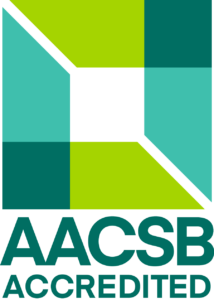Analysis and Prognosis in Finance
- Credits: 6
- Ending: Examination
- Range: 2P + 2C
- Semester: winter
- Year: 2
- Faculty of Economics and Finance
Teachers
Included in study programs
Teaching results
The aim of the course is to provide students with basic knowledge of how to apply econometrics in the analysis and forecasting of selected areas of corporate finance, public finance and international finance.
1.) Knowledge and understanding.
After studying this module, student should be able to acquire:
A.) Knowledge in applying the theory in selected econometric model construction for finance and public finance
B.) Understanding the basic principles of econometric modelling and its application in constructing the models
C.) Knowledge of making analysis and forecasts using econometrics
2.) Skills, Qualities and Competence.
After studying this module, student should be able to acquire:
A.) Skills in design and construction of econometric models using statistical software
B.) Skills in testing and evaluation of econometric model estimation results
C.) Skills in the appropriate interpretation of the model outcomes
Indicative content
1. Introduction. The basic approach to model-building in econometrics
2. Overview of the classical linear regression model (CLRM) and ordinary least squares method (OLS), using models for predictions
3. Analysis and prognosis of the impact of government expenditure and money supply on economy in the framework of IS-LM based econometric model. Effectiveness of monetary and fiscal policy.
4. Models of aggregate supply, Cobb-Douglas production function
5. Exchange rates models
6. Default models of companies: basic approaches and theoretical background, linear probability model and logit model.
7. Models of sovereign credit rating
8. Analysis and prognosis of the stock market and its connection with the real economy
9. Selected issues of using regression models for analysis and prognosis
Support literature
Ochotnický, P. a kol.: Úvod do ekonometrie pre financie, Ekonóm, 2012.
Ochotnický a kol.: Analýza a prognóza vo financiách, Bratislava: IURA edition 2012.
Brooks, Ch.: Introductory Econometrics for Finance, 3rd Edition, Cambridge, 2014.
Hall R., Taylor , J. B.: Macroeconomics, Norton & Company 1988, New York
Requirements to complete the course
30% two tests during the semester using software, 10% activity during the semester, 60% exam
Student workload
Attendance at lectures 26 h, participation in seminars 26 h, preparation for seminars 26 h, preparation for tests during semester 26 h, preparation for the exam 52 h
Language whose command is required to complete the course
Slovak
Date of approval: 11.03.2024
Date of the latest change: 24.01.2022

